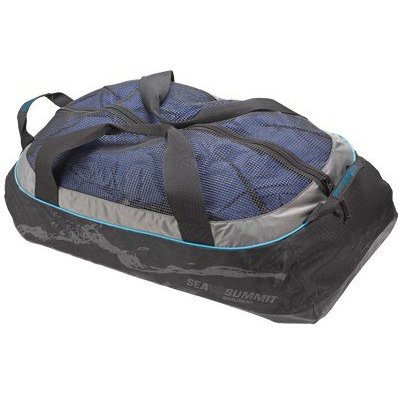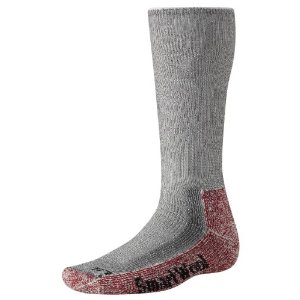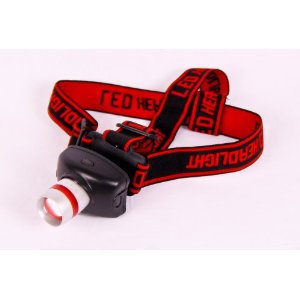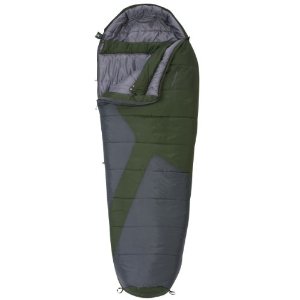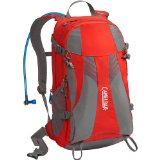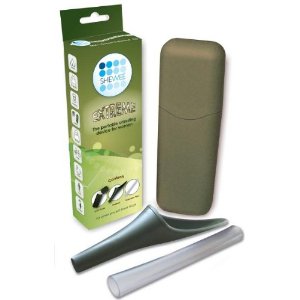Mt. Kilimanjaro

Climbing Mount Kilimanjaro is a life goal for many people. Nearly 40,000 climbers set out to conquer her each year, making Mt. Kilimanjaro one of the most climbed high altitude mountain in the World.
Standing at 19,341 feet above sea level, Mt. Kilimanjaro is the tallest mountain in the world that does not require any mountaineering skills, specialized equipment, or previous experience. However, to climb Mount Kilimanjaro should not be taken lightly. Reaching the summit is physically and mentally challenging, testing the endurance of even the most physically fit Trekkers. Unfortunately Altitude Sicknesses cause many to abandon their Trek before reaching Uhuru Peak.
There are six official routes used to trek to the summit of Mt. Kilimanjaro. While each route arrives at Uhuru peak, they are significantly different. It is important to consider the route's scenery, difficulty, traffic, acclimatization characteristics and overall summit rate in order to select the route that is best for you.

Find out what makes E-Trip Africa one of the few verified Ethical Climbing Companies?
The Lemosho route is clearly the most scenic unspoiled route to Uhuru peak, the summit of Mount Kilimanjaro. The route can be hiked in 8 or 9 days. By hiking the route in 9 days, the additional acclimatization day will significantly increase your chances of reaching the summit.
The Lemosho route boasts high numbers of successful ascents primarily due to the similar topographical features as the Machame route. Trekking at higher altitudes during the day and then spending the nights at lower altitudes greatly assists in acclimatization.
For those seeking a quiet route away from the crowds, Lemosho is often a far better choice than Rongai. However, the Lemosho route combines with the Machame route and later the Umbwe route drastically increasing the number of trekkers.
The starting point of the route is quite far and often partially inaccessible during heavy rains. Thus, the Lemosho route is not recommended in November and April as heavy rains are more frequent during this period on this side of Mt. Kilimanjaro.
The Machame route is our most popular and successful route leading to Uhuru Peak. The route can be hiked in 6 or 7 days. By hiking the route in 7 days, the additional acclimatization day will significantly increase your chances of reaching the summit.
The high success rate of the Machame route is due to its topography, which allows Trekkers to better acclimatization by climb high during the days and camp at slightly lower altitudes during the nights. The route offers some of the best scenery, second only to the Lemosho route. The route descends via the Mweka route, providing additional opportunities to see new scenery.
Along the route an area just before the Shira ridge and later along the Barranco Wall are both physically demanding and can also present problems for Trekkers that have a fear of heights.
The Rongai route is the least used route for climbing Mount Kilimanjaro. The route ascents Kilimanjaro from the North-East and can be hiked in 6 or 7 days. The 7 day trek is recommended in order to increase your chances of reaching the summit.
While the route has a sense of wilderness, it is considered to be one of the least scenic routes up Kilimanjaro. The route also becomes much too busy when it connects with Marangu route just before reaching Kibo hut and then continues along Marangu for the descent.
The Grand Traverse Route has become a favorite to the more adventurous trekkers that want to experience the three peaks of Mt. Kilimanjaro. The trek starts on the Western side of Mt. Kilimanjaro crossing the Shira plateau as it winds its way along the northern face of Mount Kilimanjaro. The route then works its way to the base of Mawenzi, located on the Eastern side of the mountain and then turns South East to Kibo and her summit Uhuru Peak.
The Grand Traverse route is remove giving trekkers plenty of time to properly acclimatize to the high altitudes and to explore much of Kilimanjaro’s unknown splendors including Shark’s Tooth and several caves and rock formations. This route is highly recommended for those wishing to spend time exploring the crater floor with an optional night inside the crater.
The Marangu route is the most popular route for Climbing Mount Kilimanjaro. Since this route can be hiked in 5 days, many trekkers believe that this is the easiest route to Uhuru Peak. However, the Marangu route has one of the lowest summit success rates of all routes up the mountain. You may add an additional acclimatization day, but unfortunately the additional night is spent at an altitude that is too low in order to have a significant acclimatization impact.
Trekkers are attracted to this route because it is significantly cheaper than other routes. It is also the only route that provides communal sleeping huts at every overnight site. Most of the huts also sell soft drinks, beer, and chocolates. However, the large number of trekkers can be overwhelming. The route uses the same path for the ascent and dissent, it is dirty, and overcrowded.
Shira Route
The Shira route is a variation of the Lemosho Route suggested to trekkers that are already acclimatized to the altitude. More information on this route is provided on request.
The Umbwe route is considered to be very difficult. This short, steep, and direct route can be hiked in 6 or 7 days. By hiking the route in 7 days, the additional acclimatization day will significantly increase your chances of reaching the summit.
The Umbwe route is known mostly for its caves that can be visited during the first few days of the trek. While there is little traffic on this route, it is not recommended due to the fast ascension, low success rates, and mediocre scenery.
Alternative Summit Routes

There are several Alternative Routes that can be used to climb Mount Kilimanjaro and reach her summit. Most of these approaches depend greatly on the snow and ice pack of the glaciers that are rapidly receding. Special permission from the park is required for any of these assaults; requiring proof of the trekker’s technical climbing experience (except for the Western Breach Route). Thus, if you are considering an Alternative Route you should begin planning your trip no less than one year in advance.
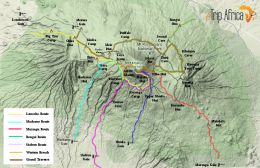
Current Kili Base Weather
Recommended
Trail Back Trek Poles
$79.95
Dry Mesh Duffle Bag
$119.95
Extra Heavy Socks
$18.36
300 Lumen Cree Lamp
$29.95
0° Sleeping Bag
$67.95
Alpine Explorer Pack
$115.00
Extreme Kit for Women
$25.00

















